Why Rate Limiting Matters – and How Fixed, Sliding, Token, and Leaky Buckets Keep Systems Safe

In today’s digital world, where thousands of users access the same application or website at the same time, managing traffic is a big challenge. Imagine what would happen if every user tried to send hundreds of requests per second — your server might slow down or even crash! That’s where Rate Limiting comes in. It’s […]
From Silent Apps to Smart Alerts – Making Push Notifications in Flutter Easy with Firebase
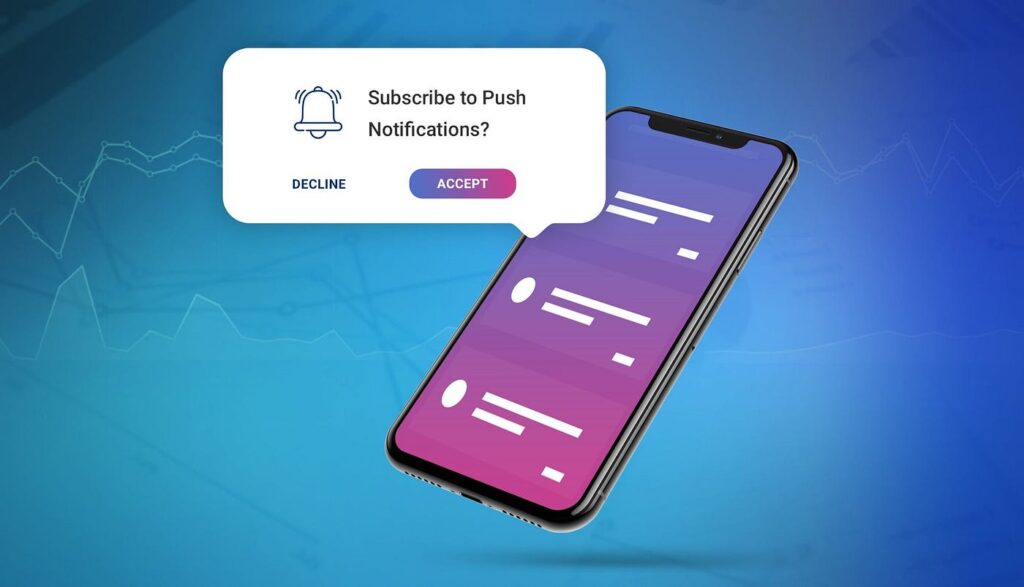
In today’s mobile-driven world, user engagement and retention are major challenges. No matter how well an app is designed, users tend to lose interest if they aren’t reminded of updates, offers, or important actions. For example: A food delivery app might need to alert users when their order is picked up or delivered. A fitness […]
Code Generation in Flutter with Freezed & JsonSerializable
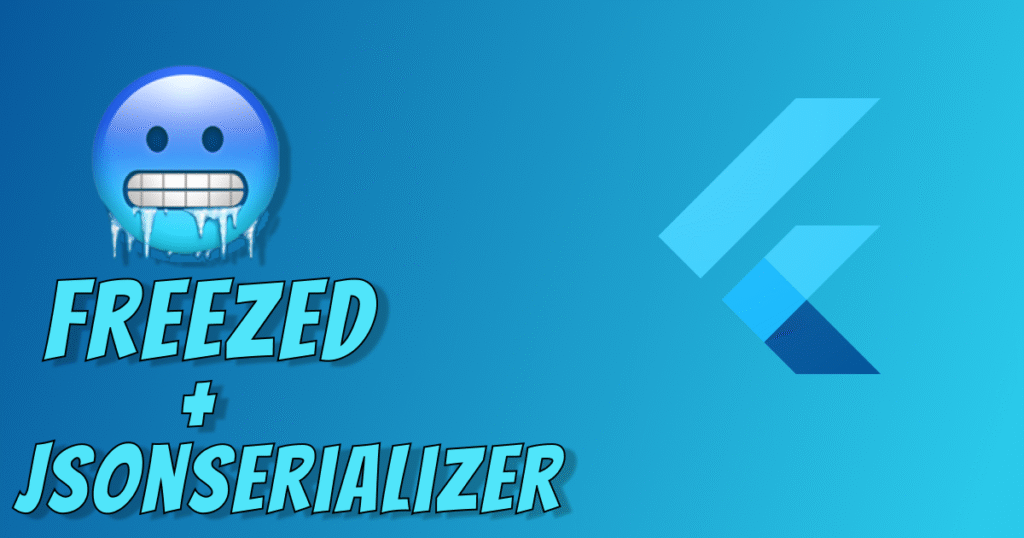
In real-world applications, especially those involving APIs, we constantly deal with data models. For example, in a Hotel Booking App: We have a User model (id, name, email). A Hotel model (id, name, address, rating). A Booking model (user, hotel, check-in date, check-out date, status). Every time data comes from an API, you need to […]
Idempotency in Rest APIs: Why It Matters

What is Idempotency? Idempotency means that making the same API request multiple times has the same effect as making it once. In other words, no matter how many times you repeat the request, the result and the state of the server remain unchanged after the first successful call. Why is Idempotency Important? Prevents duplicate actions: […]
Building a Real-Time Chat App With Websocket and Node.JS
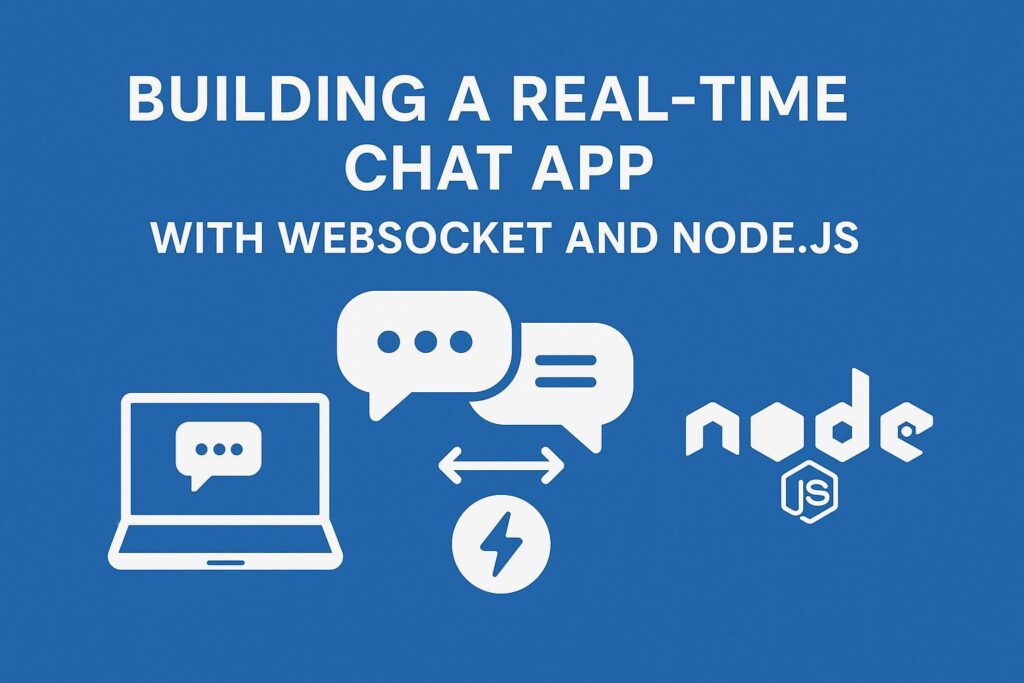
Want to build a live chat app like WhatsApp or Messenger? In this blog, we’ll show you how to create a simple real-time chat app using Node.js and WebSocket, with easy code samples and explanations. What are WebSockets? WebSockets are a way to create a continuous connection between the client (browser) and server. Unlike HTTP, […]
Getting Started with Kubernetes

Kubernetes has become the go-to platform for container orchestration, enabling developers and operations teams to deploy, manage, and scale containerized applications efficiently. If you’re new to Kubernetes, this guide will walk you through the basics, from what Kubernetes is to how to set up your first cluster and deploy an application. What is Kubernetes? Kubernetes, […]
Why Choose Django? A Beginner’s Guide to the Framework

Django is a high-level web framework for Python that enables developing dynamic websites more quickly and easily. Written with the “Don’t Repeat Yourself (DRY)” philosophy, it encourages reusable components and less code to write. With robust built-in features like user authentication, database integration, and CRUD operations ready to use out of the box, Django lets […]
Why Database Lookups Are Slow—and How Bloom Filters Supercharge Performance
High-scale applications like Twitter, LinkedIn, and Gmail handle millions of users every day. Making sure everything runs smoothly is important, especially for simple tasks like checking if a username is available. But with so many users, even small tasks can slow down the system. This is where Bloom Filters come in. They’re a smart, memory-efficient […]
Understanding Instant Backoff vs Exponential Backoff
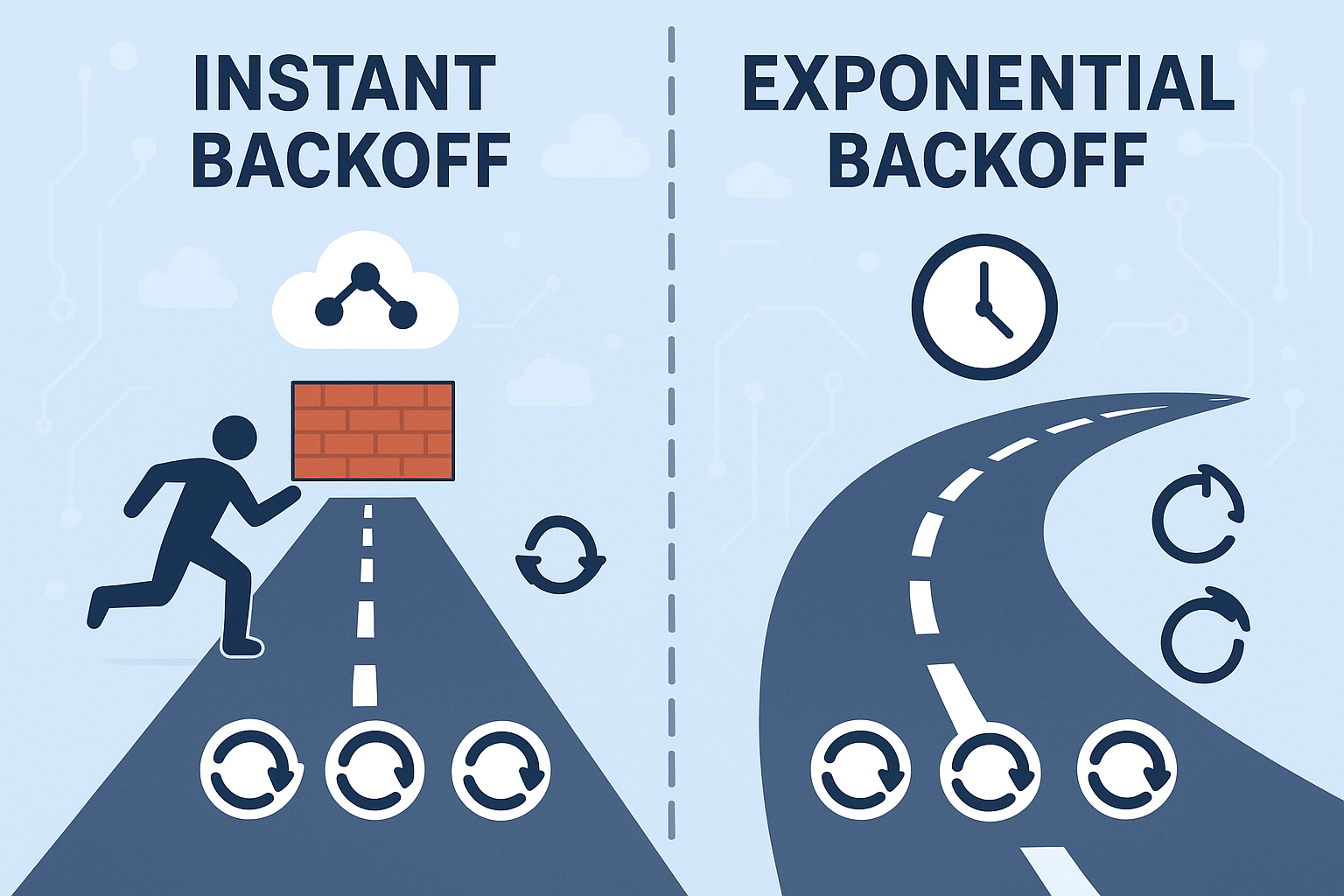
When working with systems and networks, temporary failures are inevitable. Services may go down briefly, servers can become overloaded, or network connections may be disrupted. Instead of giving up on the operation, applications usually retry. But how and when to retry makes a huge difference in performance, stability, and reliability. Two widely used retry strategies […]
Simplifying Flutter State Management with Provider, Riverpod & Bloc
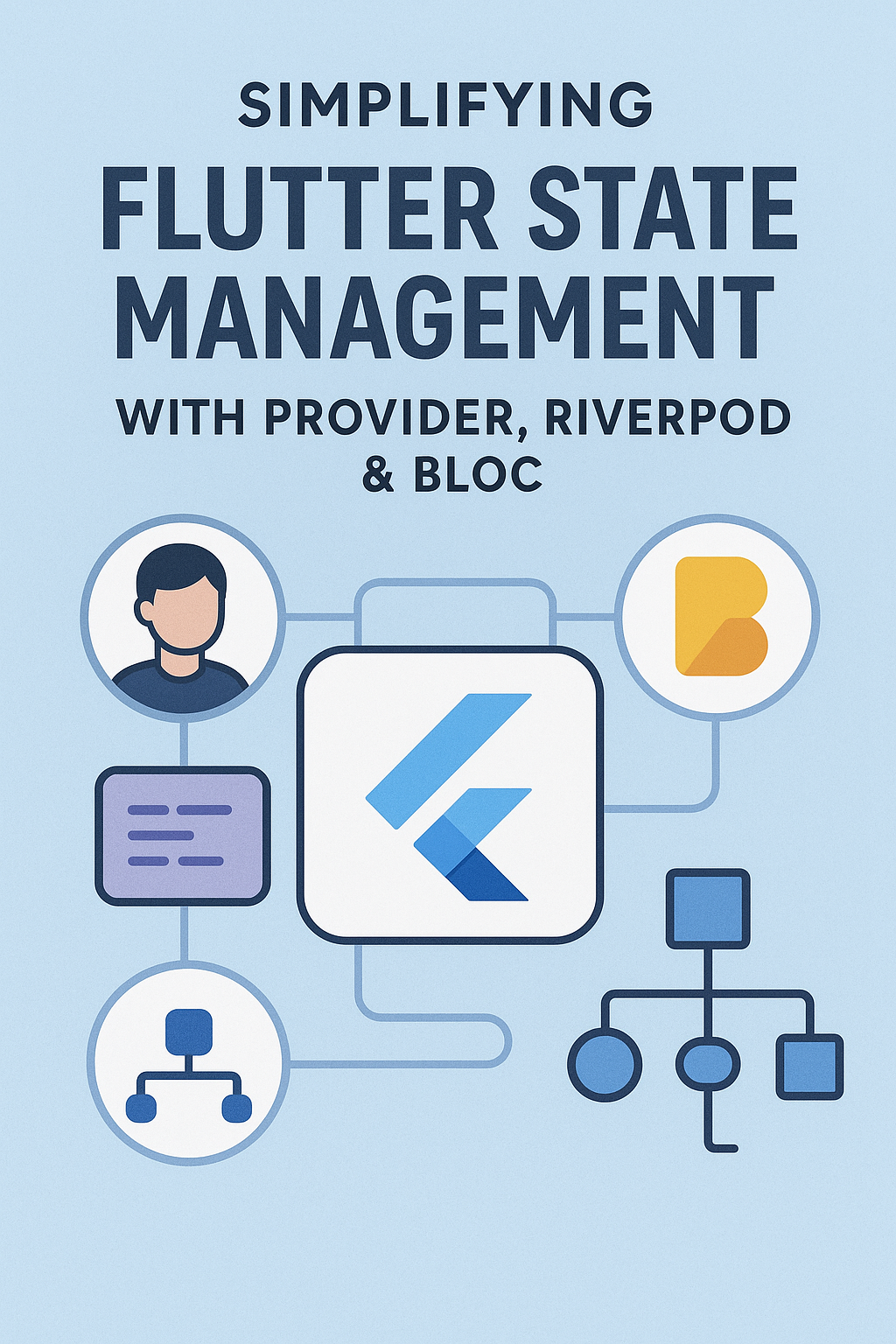
In Flutter, state management plays a vital role in how the app behaves, responds, and scales. As the UI rebuilds based on user actions or data changes, managing that state effectively becomes critical. With the growing popularity of Flutter, several libraries and patterns have emerged to manage the state. Among them, Provider, Riverpod, and Bloc […]